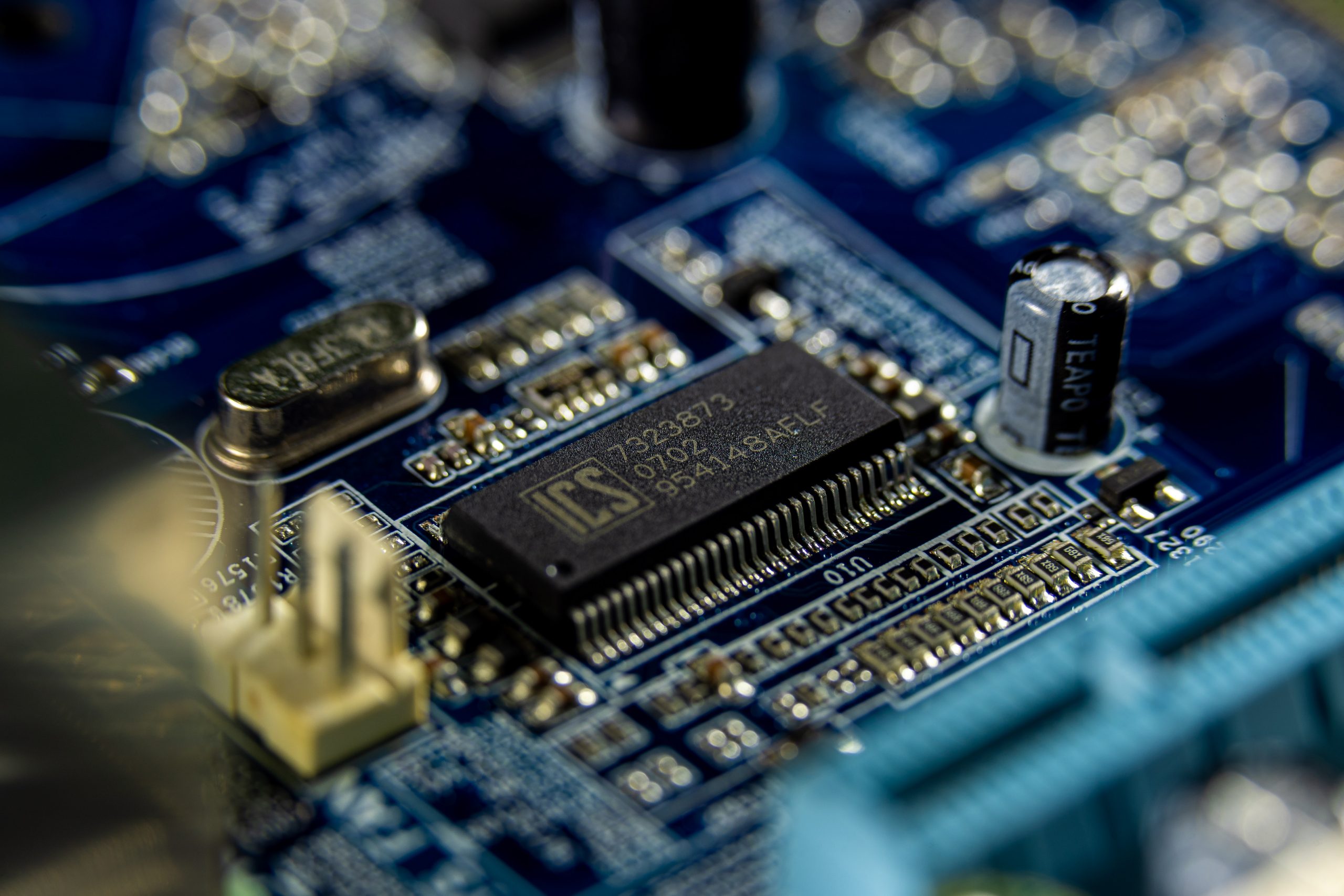
Why Monitor Four-Stroke Generator Engines?
The Benefits of Monitoring Large Engines
All types of machinery require some form of maintenance schedule. Traditionally, routine maintenance has consisted of component replacement or a service after a set number of operating hours.
This method is being replaced by analysing changes in a machine’s behaviour by monitoring physical parameters, to identify when maintenance is required. This approach has multiple advantages, including:
- Reduced maintenance and running costs
- Reduced downtime
- Greater flexibility
- Increased safety
- Peace of mind
- Identification of variations in engine performance as a result of changes (i.e. using new low sulphur fuel)
Propulsion Engines
The diesel engine is still widely used in marine industries and power stations. On long ocean voyage vessels – such as tankers, containers and bulkers – a large, slow speed two-stroke engine is generally used for propulsion.
It has long been recognised that regular monitoring of these engines is invaluable to ensure that no costly problems will occur. Most cam-controlled engines utilise online or portable monitoring.
The latest electronic engines typically employ inbuilt systems that provide information on cylinder pressure, which can be used to determine performance.
Four-Stroke Engines
Other, more specialised vessels use medium speed four-stroke engines for propulsion. These include cruise ships, ferries, oil supply boats, icebreakers and naval fleets. Multiple engines are utilised, so there is an element of redundancy.
However, the cost of utilising a single portable system against the total price of the assets – and the cost savings – lead to a powerful argument for condition monitoring.
Generators
Diesel engines are used as the power source in most of the vessels listed above, as well as onshore and offshore power plants.
In every application, a reliable source of electric is critical, particularly on vessels such as cruise ships, ferries and reefers, where power failures can be catastrophic.
They are, however, occasionally overlooked, particularly on large vessels where the main engine is a large electronic two-stroke with inbuilt auto-tuning capability.
By design, four-stroke engines are less efficient and more prone to problems than two-strokes. They still consume significant volumes of fuel, and in extreme cases can be a threat to the crew’s safety.
Monitoring Generators Saves Money
If the generators are not monitored due to cost reasons, it can be argued that this is a false economy. Assuming a complete portable monitoring system for three-generator engines costs $10,000 US, the cost per engine is ~ $3,333.
The lifetime of the monitoring system has been seen to last, at least, ten years. This makes the cost $330 per engine, per year.
The incremental cost to monitor additional engines is less than $300 per engine. If a Floating Production Storage and Offloading vessel (FPSO) has eight generators, then the amortised cost is $125 per engine, per year.
Employ a Monitoring System to Save Costs and Ensure Safety
The savings in maintenance and fuel costs alone justify the installation of a monitoring system, coupled with the peace of mind gained from the knowledge that engines are running safely.
Both are compelling reasons for ship owners and power station managers to employ a monitoring system aboard their vessels.
Get in Touch to Learn More
DOCTOR systems are used throughout the world by major shipping companies. The Diesel Doctor has become synonymous with reliability, accuracy and user-friendliness in marine engine monitoring. Contact us to learn more.


